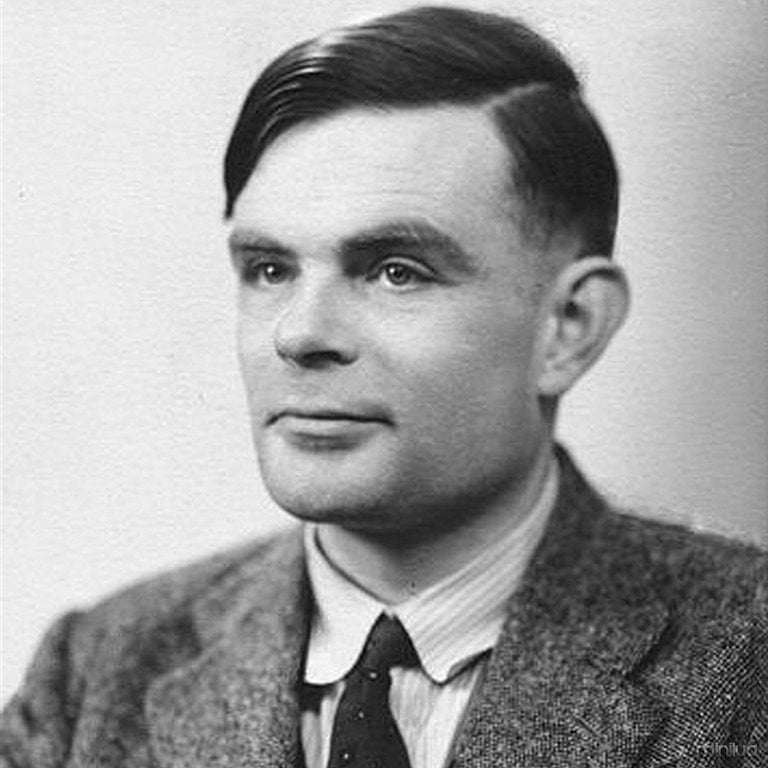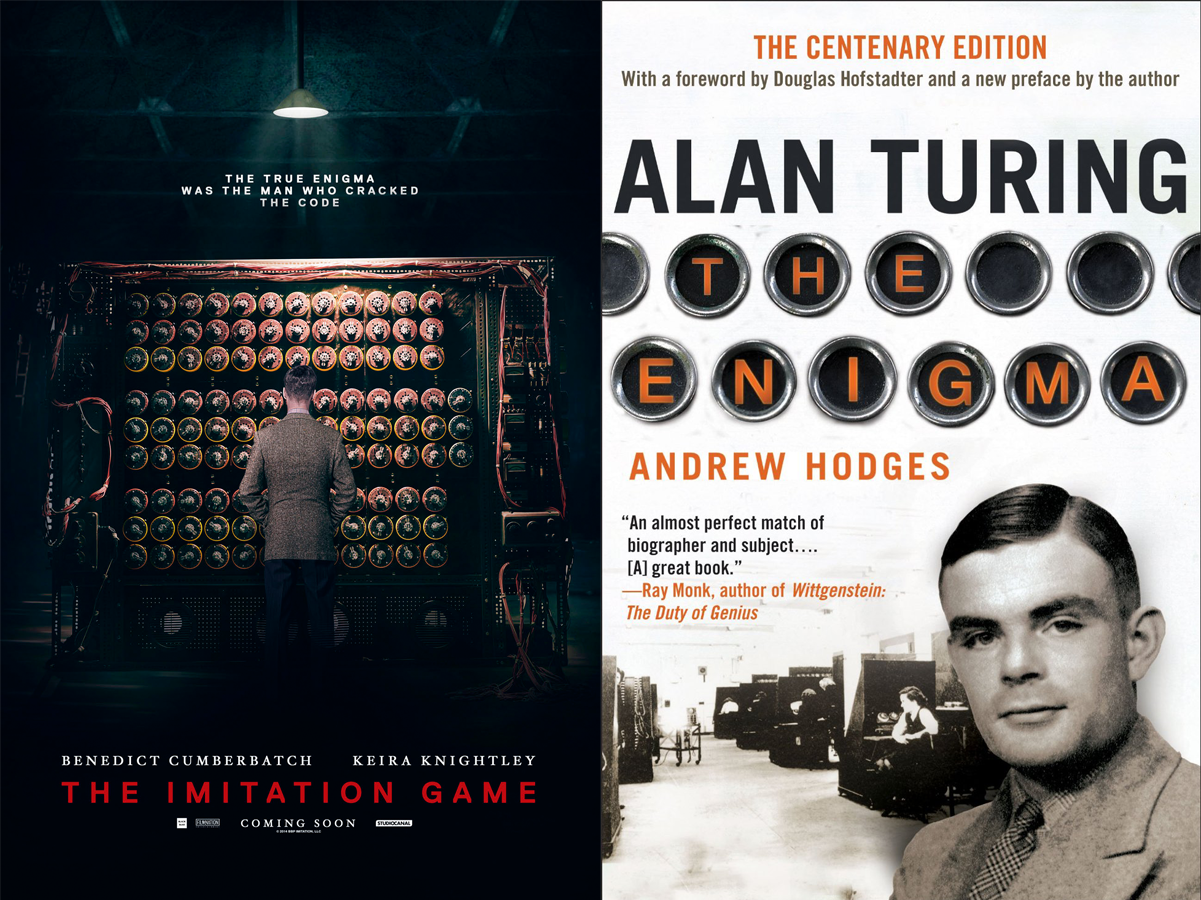

- #ALAN TURING ENIGMA CRACKED#
- #ALAN TURING ENIGMA CODE#
- #ALAN TURING ENIGMA PASSWORD#
- #ALAN TURING ENIGMA CRACK#
The problem, he said, was with the amount of computations. Neither did Lambda functions from Amazon.

#ALAN TURING ENIGMA CODE#
Initially, they tried to teach their AI to decode the Enigma code itself, but it didn’t work. His team started by recreating the machine, rotors, and plugs in Python. Kuncewicz decided to recreate the Nazi navy’s version of the machine, which was the most sophisticated. (Their third co-founder, Mike Gibbons, is British). Kuncewicz chose this project to refer to the common history of Brits and Poles using human intelligence to overcome the biggest obstacles of the Second World War. Retracing Turing’s footsteps was a pet project of Lukasz Kuncewicz, Enigma’s Head of Data Science (and another Polish mathematician co-founder). Since AI is still such a new discipline, the company allows their employees to spend 20 percent of their time on side projects of their choice that encourage out-of-the-box uses of AI.

“The project started from the question, ‘What would Alan Turing be able to do nowadays if he had the current computing power and all the development around AI,’” said Janczyk. Geeking out: Breaking Enigma with Modern AI And, seven decades later, Enigma Pattern wondered how modern technology like AI could change things, and if they could break the code in a fraction of the time. It was an exhausting, near-impossible task. Many times they worked through the night only to fail to break the code and have to start over the next day.
#ALAN TURING ENIGMA PASSWORD#
Because the Nazis changed the rotor settings every 24 hours, each new day brought a new set of 15,354,393,600 password variants that had to be decrypted. They called their work the Bombe, and it’s widely considered to be the first computer.īut it was more elaborate than simply breaking the code. It took the better part of a year to decrypt their first message.
#ALAN TURING ENIGMA CRACK#
Building on Rejewsky’s work, Turing was able to automate the cryptography that could crack the daily code.
#ALAN TURING ENIGMA CRACKED#
Rejewsky and his team smuggled their cracked Enigma machines out of Poland, and worked their way to Bletchley Park where they donated the machines and their expertise to Turing. “Enigma gave the foundation to Alan Turing to develop the computer,” explained Rafal Janczyk, a Polish mathematician and CEO and co-founder of Enigma Pattern. Enter Bletchley Park in rural England, where Alan Turing, a brilliant English mathematician, gathered a team of cryptographers, puzzle solvers, linguists, and mathematicians in 1939 with the mission of breaking the German codes. After all of that, daily keys could be obtained in under 20 minutes.īut as Germany revved up its war machine, the Nazi navy made the machine more complex with the addition of plugs and more rotors, making it impossible for humans to work through the billions of possible combinations. It took him just under a year to figure out the general principle of the German military’s double message setting and the wiring of the rotors, and another year to catalog the settings. Marian Rejewsky, working with other mathematicians at the Polish Cipher Bureau, cracked an early version of the Enigma machine in 1932 by the tried-and-true method of stealing a few machines and reverse engineering the mechanism. Because of this, the machine was widely considered unbreakable. This created over 53 billion possible combinations, changing every 24 hours. The key to the individual code was sent in the first characters of the message, coded in the base code. Then, each operator created an individual setting used only for that message. A daily base code, changed every 24 hours, was published monthly by the Germans. For the message to be both encrypted and decrypted, both operators had to know two sets of codes. The Enigma machine is a complicated apparatus consisting of a keyboard, a set of rotors, an alphabet ring, and plug connections, all configurable by the operator. None of that would have been possible without Enigma. He served in an advance corps, finding ways for the army to move across the country, and as such, they were the first to come across one of the concentration camps and liberate it. Aside from being a huge history geek, my father-in-law went over to Normandy on D+3 (three days after the Omaha beachhead was established). I have long been fascinated by the Enigma machine and its impact on World War II. Using AI processes across 2,000 DigitalOcean servers, engineers at Enigma Pattern accomplished in 13 minutes what took Alan Turing years to do-and at a cost of just $7. In late 2017, at the Imperial War Museum in London, developers applied modern artificial intelligence (AI) techniques to break the “unbreakable” Enigma machine used by the Nazis to encrypt their correspondences in World War II.


 0 kommentar(er)
0 kommentar(er)
